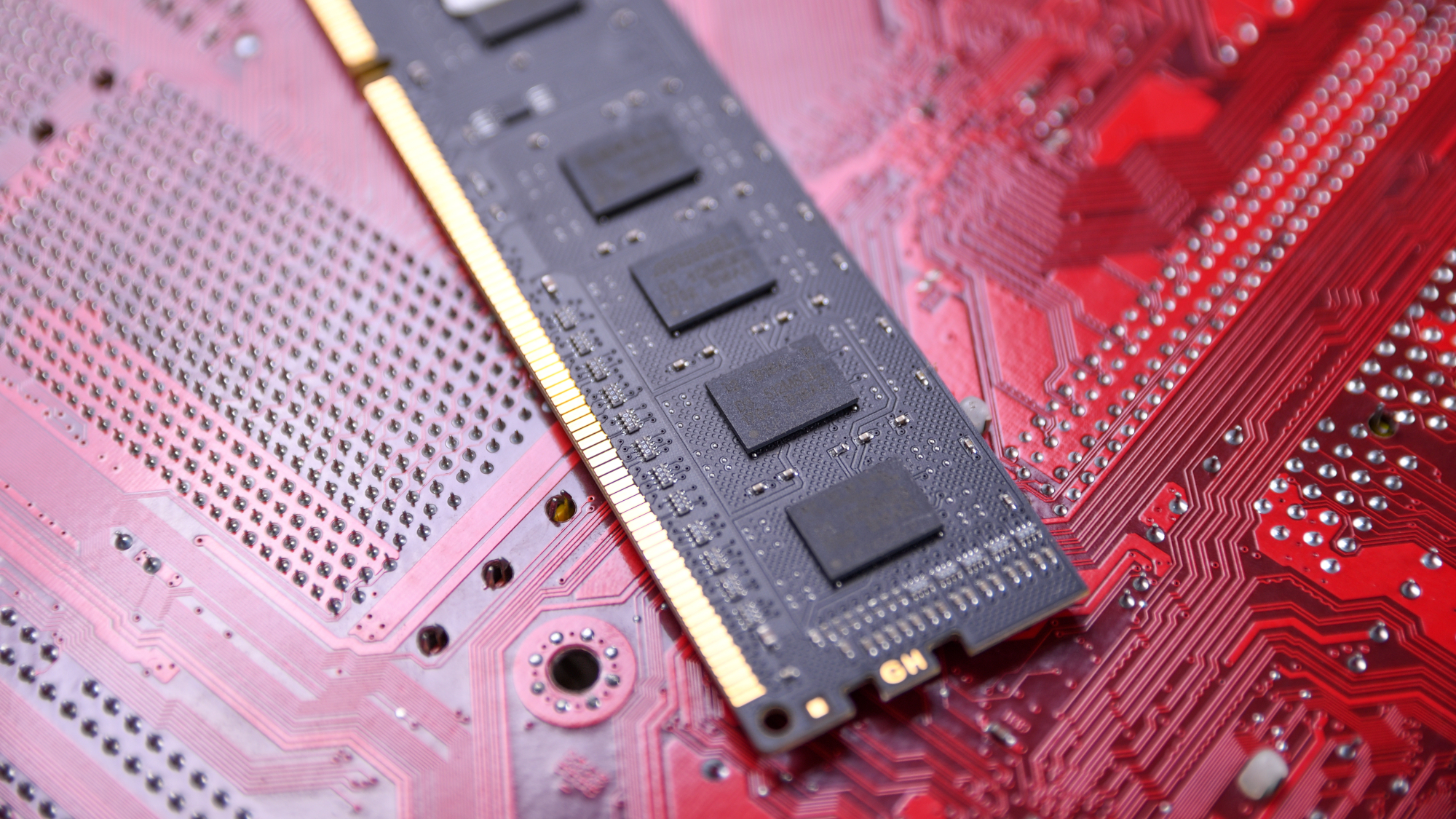Report: Galaxy X Folded Away For 2018, May Be Years Off
It seemed like 2018 would finally be the year we’d see Samsung’s foldable Galaxy X surface, but a new report suggests it could be further off than the company let on.
For a moment, it seemed like 2018 would finally be the year we’d see Samsung’s long-rumored foldable Galaxy X smartphone. But a new report suggests that the device could be further off than the company let on earlier this year.

According to an interview published on TechRadar with Salman Saeed, Qualcomm’s poduct manager of display technology, all the major phone manufacturers are still years away from launching devices with flexible screens. The problem, Saeed said, pertains to durability concerns surrounding transistors that aren’t robust enough to handle repeated bending.
MORE: Our Most Anticipated Phones of 2018
However, Saeed assured that the world’s top tech firms are all fully invested overcoming those setbacks.
“I think it’s possible for them to [bring foldable phones to market],” Saeed said. “All of the Tier 1 phone manufacturers are working very hard on this. The big phone makers all have these devices in their labs, but it’s just a reliability issue at this point.”
Samsung has long been publicly enthusiastic about foldable phones, having revealed its first mobile flexible screen prototype all the way back in 2013. Since then, the company has repeatedly guaranteed that the technology is closer than we think — recently going so far as to confirm that it intends to bring such a device to the market later this year during a January earnings call.
However, Saeed’s account flies in the face of those plans, and indicates we could see more traditional dual-screen proposals like the ZTE Axon M attempt to fill the void until one manufacturer finally strikes the right formula of durability and cost-effectiveness.
Get instant access to breaking news, the hottest reviews, great deals and helpful tips.
We've asked Samsung to comment on this report, and we'll update this article with the company's response.
If one thing is for sure, Saeed says, the bottleneck doesn’t lie with Qualcomm’s chipsets.
“If you look at what Samsung has done with the Snapdragon 835 and DeX, our chipset can power two, three, four displays at the same time,” Saeed told TechRadar. “We’re underutilized right now. We have the GPU horsepower, we have everything needed to fully power all of those extra pixels.”
Perhaps Qualcomm’s latest-generation flagship processor, the Snapdragon 845, will be prepared for foldable phones when they eventually do arrive, but we weren’t particularly impressed with the performance of its 831 chipset in last year’s Axon M. That device offered a mostly speedy stock Android experience, but was easily thrown off its game when activating its second screen. Lag and glitching was not uncommon in our time with ZTE's handset — two concerns companies will have to address as the foldable future nears.
In fairness, the Axon M’s issues may also be partially attributed to Android 7.0 Nougat and third-party apps not being properly set up to handle multiple displays, or faults in ZTE’s own software. Either way, it didn’t instill us with faith in the concept — so here’s hoping Samsung knocks it out of the park when it does eventually circumvent its reliability issues.
Adam Ismail is a staff writer at Jalopnik and previously worked on Tom's Guide covering smartphones, car tech and gaming. His love for all things mobile began with the original Motorola Droid; since then he’s owned a variety of Android and iOS-powered handsets, refusing to stay loyal to one platform. His work has also appeared on Digital Trends and GTPlanet. When he’s not fiddling with the latest devices, he’s at an indie pop show, recording a podcast or playing Sega Dreamcast.
